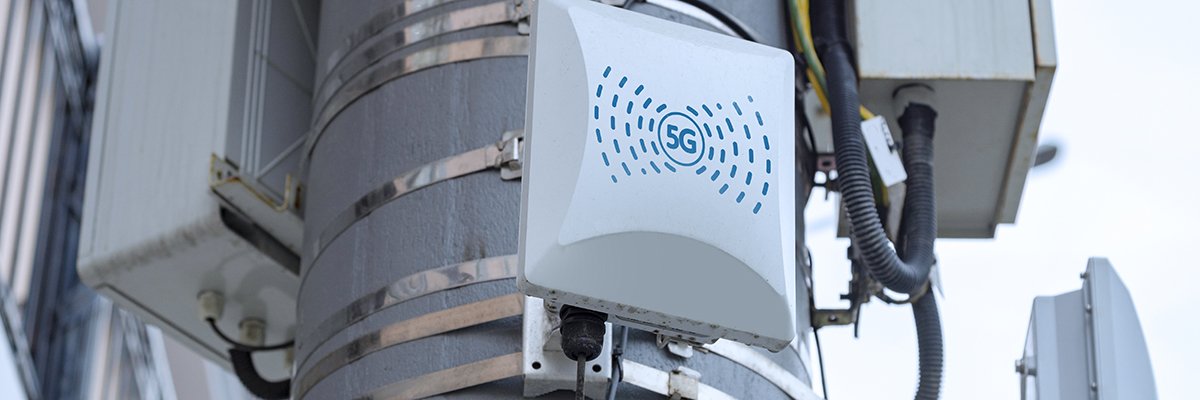One of the key elements that will drive 5G mmWave adoption during 2021 will be the availability of appropriate customer premises equipment (CPE) and in what will be a boost to the market, NEC has unveiled distributed-MIMO (multiple input, multiple output) technology, which it says offers about three times the number of simultaneous connections and transmission capacity compared with other MIMO systems.
NEC said the new technology demonstrated multiple highly stable simultaneous terminal connections and transmission capacity in a real office environment through distributed-MIMO – in which a large number of antennas are distributed rather than being placed in a single array – in the 28GHz mmWave frequency band.
And in addition to the 3x increase in the number of simultaneous connections and transmission capacity, transmission deterioration from obstacles was also reduced, it said. NEC described this as the first demonstration in the industry of applying a distributed-MIMO system in the mmWave frequency band in an office environment.
In one of the earliest real-life applications of mmWave technology – which mobile trade body the GSMA says is on the verge of mass commercialisation – Japan has begun to commercially deploy 5G in the sub 6 frequency band and mmWave frequency band, with the expectation of enhancing network performance to support 10 times more capacity than 4G, as well as higher throughput, lower latency and multiple connections.
However, NEC pointed out that the usable frequency band of the sub 6 frequency region was narrower than in the mmWave frequency band. As a result, massive-MIMO systems have been introduced to expand capacity and increase the number of simultaneously connected terminals.
NEC said applying massive-MIMO techniques to mmWave frequency is considered to be optimal for applications in which each terminal requires a high transmission capacity, such as indoor offices or stadium seats with high terminal density. However, it added that in the mmWave frequency band, challenges to applying massive-MIMO techniques include difficulty in achieving stable connections and spatial multiplexing because of the characteristics of radio waves, such as short wavelength and large attenuation due to reflection and shielding.
After introducing digital beamforming technology, NEC has commercialised massive-MIMO in the sub 6 frequency band, developing digital coordination technology among antenna elements distributed in the mmWave frequency band and conducted verification activities to solve the problems of indoor mobile communications, such as shadowing and diffraction of propagation paths.
Given this issue, NEC conducted propagation and transmission trials in a real office environment using a distributed-MIMO technique for the radio units (RU) of a 28GHz band base station system, demonstrating simultaneous connections with multiple terminals and increased capacity. Specifically, it developed a technology designed to calibrate effectively phase and amplitude in response to the difficulty in calibrating and coordinating the phase and amplitude between distributed antennas.
Going forward, NEC said it will continue to carry out 5G demonstration experiments for enabling stable and high transmission speeds in environments where stable mmWave communication is difficult due to obstacles and densely arranged terminals, such as offices and stadium seating, aiming to contribute to the development of mmWave mobile access networks and building ecosystems among operators and suppliers.













